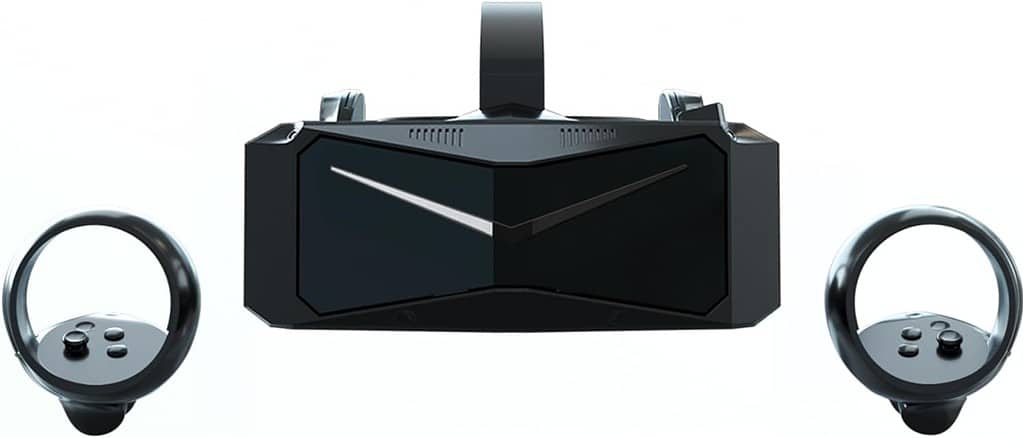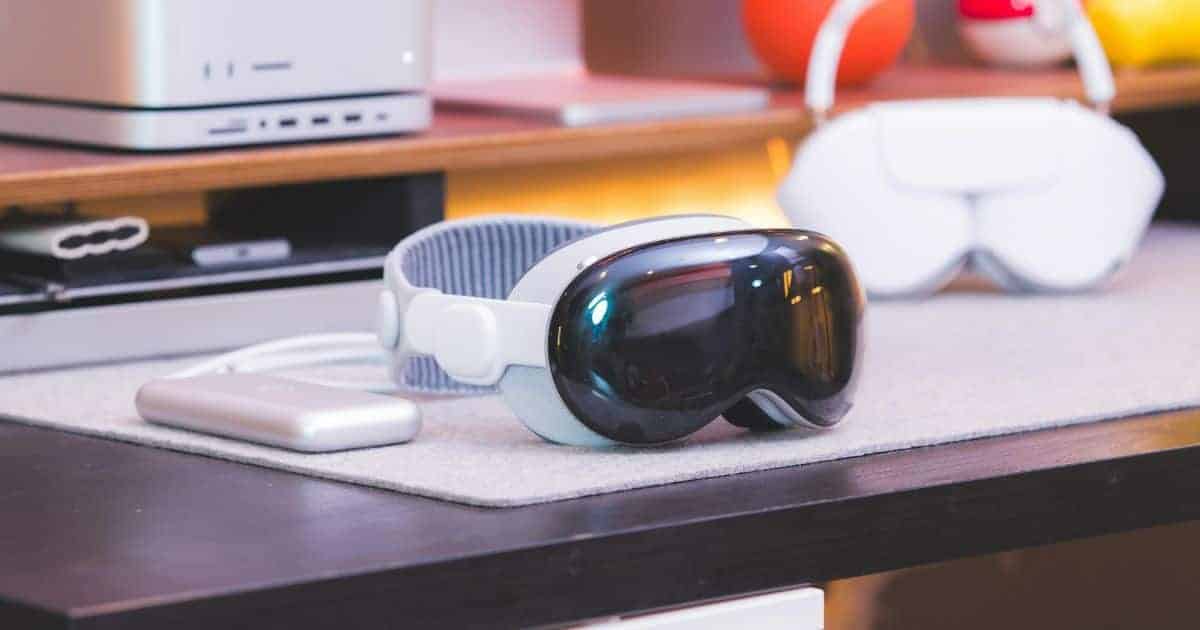Apple’s Vision Pro may not have been the first mixed-reality headset, but it certainly set the standard for what it should look like. Ever since it debuted, nearly every competitor has released or teased a headset that looks eerily similar to Apple’s design. But why does every Vision Pro alternative look like an Apple clone? The answer lies in a mix of industry trends, user expectations, and market strategy.
Why Apple Sets the Trend
Apple has a history of reshaping entire product categories. From the iPhone to the MacBook, Apple’s design choices tend to define what competitors strive for. The Vision Pro’s sleek form, premium materials, and interface have now become the benchmark for the mixed reality (MR) and augmented reality (AR) industries. Companies aren’t just copying Apple for the sake of it. They’re following a design philosophy that Apple has successfully established as the gold standard.
Here are the key reasons why Vision Pro clones exist:
- Consumer Expectations: Apple’s reputation for premium design has trained users to associate stylish, minimalist aesthetics with high-end products.
- Market Perception: If a headset doesn’t resemble the Vision Pro, consumers might assume it’s outdated or lower quality.
- Functionality Dictates Design: Certain hardware choices, like front-facing displays, pancake lenses, and spatial computing elements, naturally lead to a similar aesthetic.
Vision Pro-Inspired Headsets
Several companies have unveiled headsets that mimic the Vision Pro’s look and feel. Here’s a list of the most notable ones:
1. Meta Quest Pro 2 (Rumored)

Meta has long been Apple’s primary competitor in the MR/AR space. Leaks and industry speculation suggest that the upcoming Meta Quest Pro 2 will feature a sleeker design, improved passthrough, and a more Apple-like front display panel.
2. Xiaomi Wireless AR Glasses

Xiaomi’s AR Glasses, revealed at MWC 2023, bear an unmistakable resemblance to the Vision Pro. With a similar visor-style design, high-resolution displays, and a focus on gesture control, they scream Apple’s influence.
3. HTC Vive XR Elite

HTC’s latest XR headset leans into Apple’s aesthetic. It sports a futuristic front panel, an emphasis on standalone usability, and a lightweight build. While not a direct copy, the inspiration is evident.
4. Pimax Crystal

Known for pushing high-resolution VR experiences, Pimax has adjusted its designs to better match consumer expectations set by the Vision Pro. The Pimax Crystal features a front display and an all-in-one form factor that closely resembles Apple’s.
5. Samsung XR Headset (Upcoming)

Samsung has teamed up with Google and Qualcomm for a new XR device. While details are scarce, leaked renders suggest a design language heavily inspired by the Vision Pro, complete with a curved front panel and a lightweight frame.
Is This Copying or Just Progression?
It’s easy to call these headsets clones, but the reality is more nuanced. Tech products evolve based on advancements in hardware, and once Apple introduces a refined form factor, it often becomes the industry standard. Similarities don’t always mean imitation; sometimes, they indicate that Apple simply got it right first.
1. Parallel to the iPhone’s Influence

Look at the smartphone industry. Before the iPhone, phones came in all shapes and sizes. But now, almost every model has adopted a touchscreen slab design. The same is happening with MR headsets. Apple has set the design standard, and others are following suit.
2. Hardware Limitations Shape Design
Certain hardware needs dictate headset design. Pancake lenses require a specific thickness, front displays need placement for interaction, and facial-tracking sensors must be positioned optimally. These constraints naturally lead to similar aesthetics.
3. The Apple Halo Effect

Consumers equate Apple’s designs with quality and innovation. Even if a competing headset offers better specs, a bulkier or unfamiliar design might make it less appealing to mainstream buyers. Companies recognize this and aim to replicate Apple’s look to boost consumer trust.
The Future of MR Headsets
In the short term, yes. The Vision Pro will likely define headset design trends for the next few years. However, as mixed reality evolves, companies will innovate beyond Apple’s blueprint. Future design trends may include slimmer, more lightweight frames as advancements in battery and display technology enable more compact headsets.
Additionally, companies like Meta and Google might focus on open-design AR glasses rather than full mixed reality (MR) headsets to improve comfort and portability. Another potential trend is modular components, allowing users to customize their devices by swapping parts based on their specific needs.
